
Best Hiking Beanie for All-Weather Adventurers
As we lose up to 10% of body heat through our heads it's a good idea to get yourself some head-specific clothing. Check out our selection of awesome hiking beanies to keep you warm on your winter adventures.
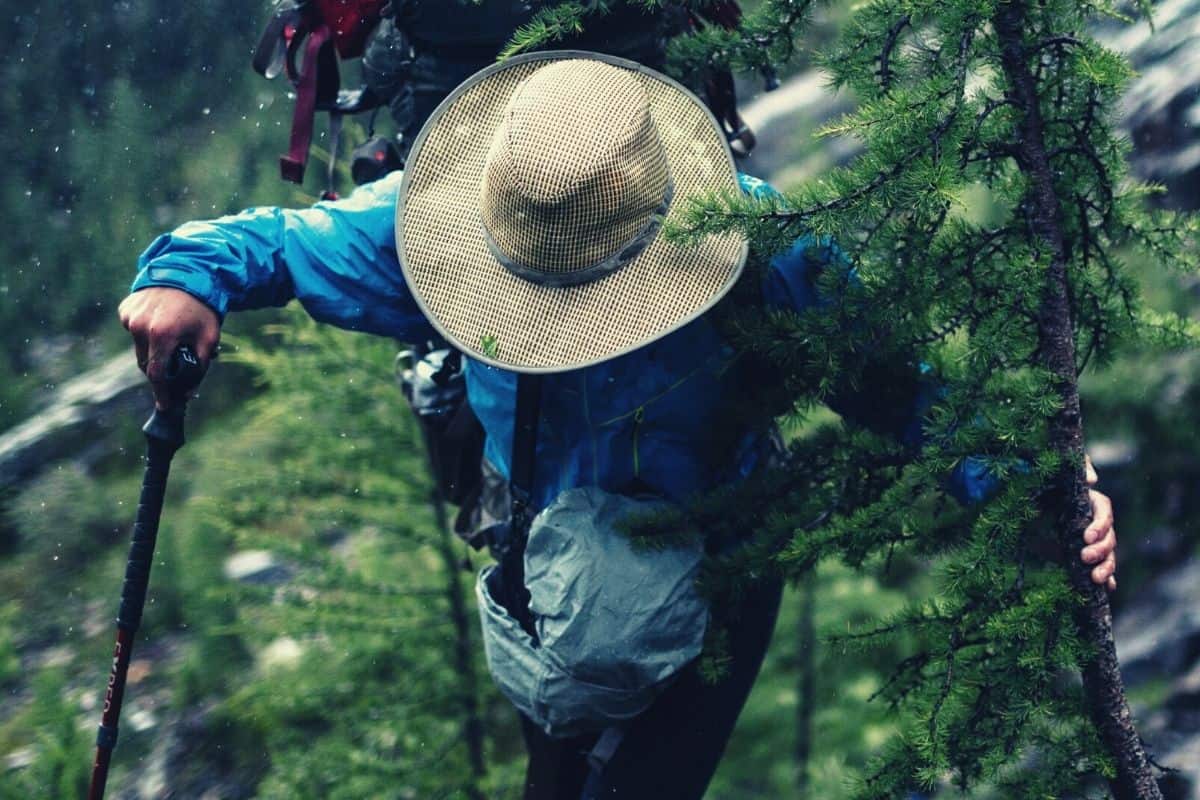
Best Rain Hat for Hiking in Wet Weather
Don’t let a little rain spoil your trail time. Do your dome and a favour by adding one of these awesome wet-weather hiking hats to your kit.
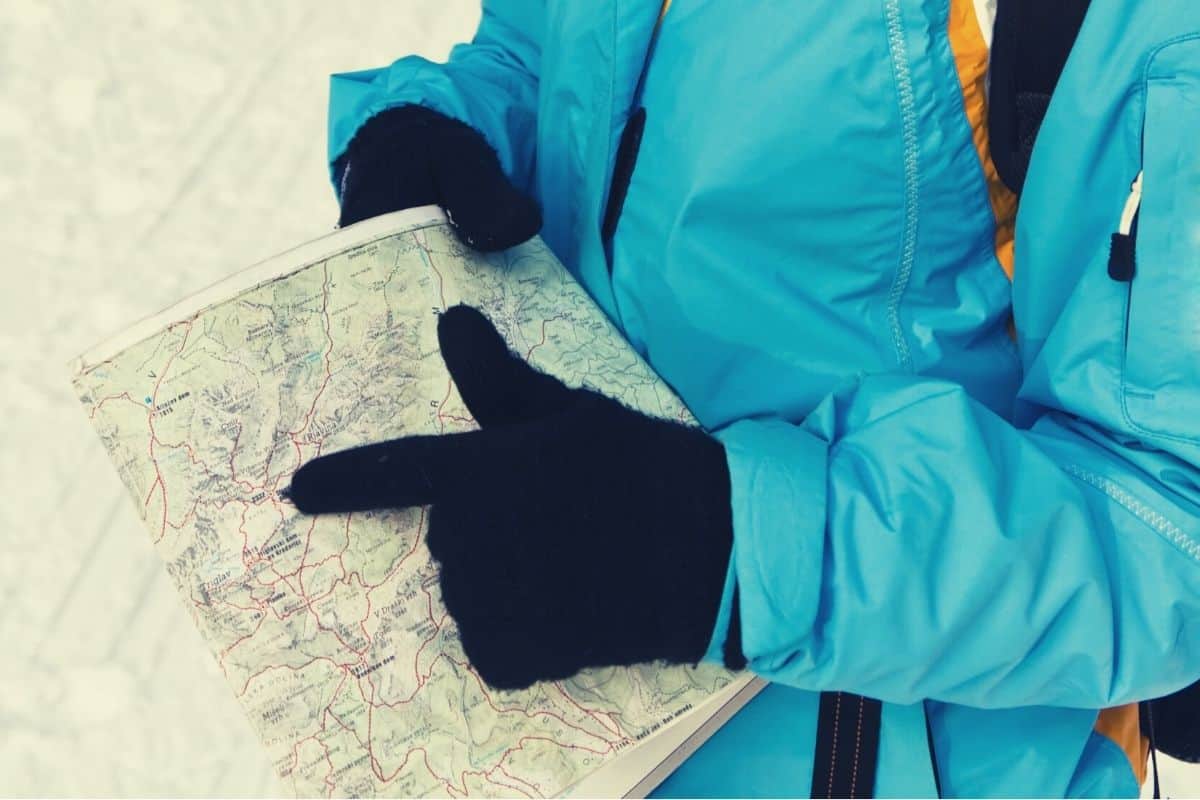
Best Liner Gloves for Cold Weather Adventures
Don't let the dreaded cold stop your winter fun. Layer up your hands with glove liners to keep hitting those slopes and trails hard. From fancy silk to rugged wool, we have got you covered, literally.

Best Winter Hiking Pants For Snow & Cold [2024 Edition]
Finding the right pair of winter hiking pants shouldn't be difficult. Here are our 7 top picks to check out before you head outside this winter.
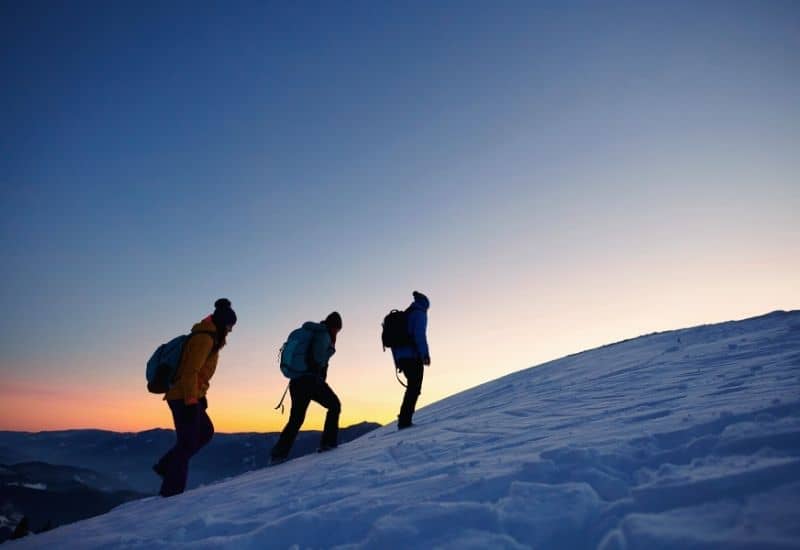
Best Down Pants For Cold-Weather Adventures [2024 Edition]
Our guide includes a list of ten super-cozy pin-warmers for camping, hiking, or just chilling, and all the advice you need to find the perfect pair for you
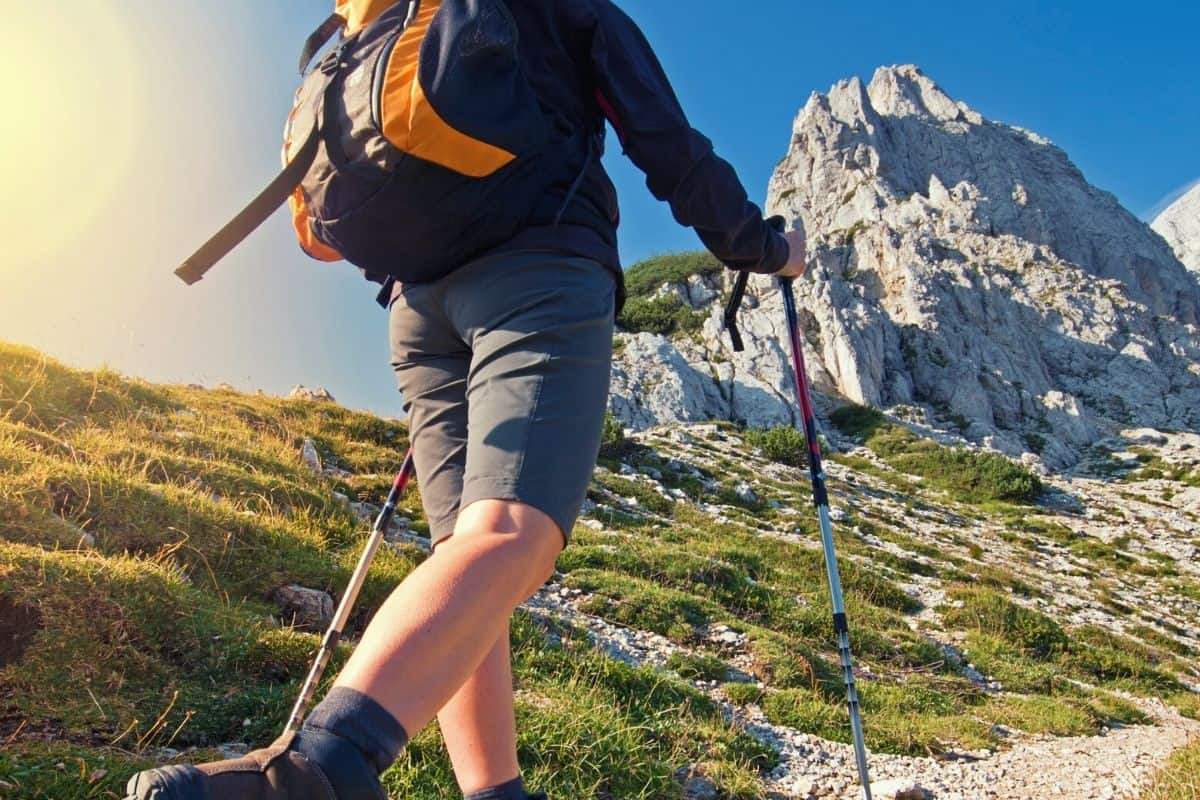
What To Wear Hiking: The Ultimate Guide
Unsure what hiking outfit will work best for you? Learn how to dress for success in any season of the year in this simple, straight-talking guide.

Best Wool Shirts For Performance On The Trail
Woolen hiking shirts don’t have to be itchy and uncomfortable. In this guide, check out our favorites for hiking and outdoor adventure and learn more about this miracle fabric and how it performs on the trail.
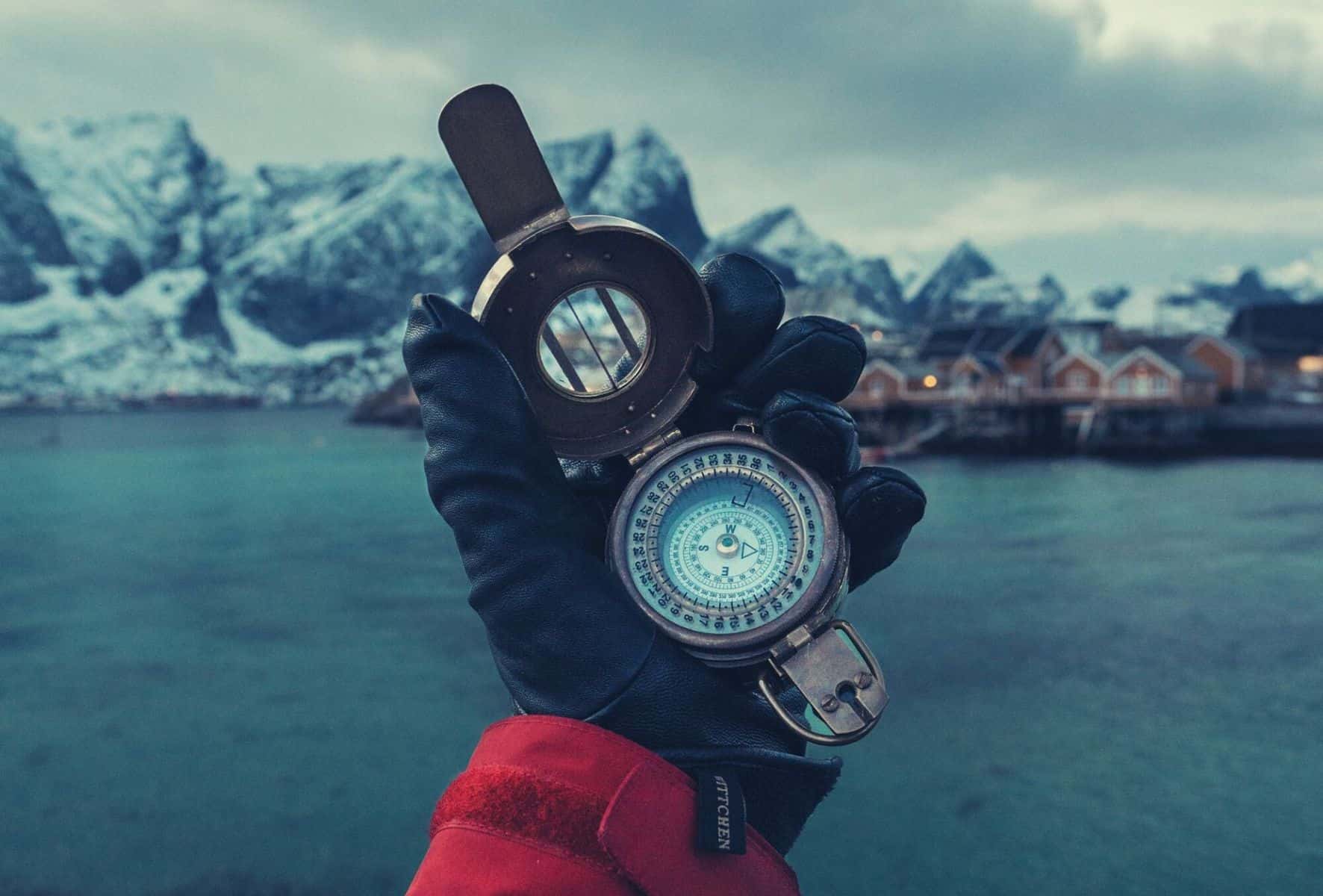
Best Thin Winter Gloves: Trail Trialed & Tested [2024 Update]
If you need some dexterity along with protection from the elements, then we recommend you check out our guide to the best thin winter gloves.

Best Mountaineering Pants For Alpine Adventures
Whether you’re a dedicated ice climber or a light-and-fast alpinist, you need a quality pair of pants for your adventures. Our guide reviews 7 top pants to help you find the perfect pair for you mountaineering escapades.